Canon IXUS 210 / PowerShot SD3500 IS ELPH
-
-
Written by Gordon Laing
Canon IXUS 210 / PowerShot SD3500 IS vs Sony Cyber-shot DSC-TX7: High ISO Noise
Canon IXUS 210 / PowerShot SD3500 IS results: Real-life resolution / High ISO Noise
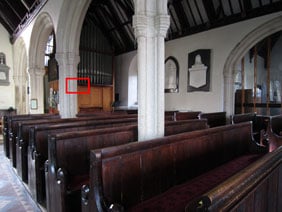 |
|
To compare noise levels under real-life conditions we shot this scene with the Canon IXUS 210 / PowerShot SD3500 IS Digital ELPH and Sony Cyber-shot DSC-TX7 within a few moments of each other using their best-quality JPEG settings and at each of their ISO settings.
The lenses on both cameras were set to approximate the same field of view; the Sony crops are larger due to its lower resolution.
The above shot was taken with the the Canon IXUS 210 / PowerShot SD3500 IS in Program mode with the lens at the widest angle setting of 4.3mm (24mm). The exposure was half a second at f2.8 and the original file measured 2.87MB. The crops are taken from the area marked with the red square and presented below at 100%.
Given the density of photosites on the 14.1 Megapixel sensor of the Canon IXUS 210 / PowerShot SD3500 IS, you might expect its high ISO noise performance to be inferior to that of lower resolution compacts – in fact it stands up pretty well. At the 80 and 100 ISO settings there’s little that’s noticeable in terms of noisy pixels, though the detail in these crops does look a little softer than results from lower resolution IXUS models we’ve tested.
Interestingly, at 200 ISO there’s still no evidence of noisy pixels, but the image detail has become marginally softer again. It would be reasonable to assume that there’s some fairly sturdy noise suppression going on here, but it’s doing a first rate job of eliminating noise and the slight softness that results is, at these low ISO sensitivities, easy to live with.
At 400 ISO, though noise levels are still commendably low, the softness is now becoming very apparent and at 800 ISO and above both visible noise and the evidence of its suppression have become intrusive to the point where you’d probably want to avoid using these settings unless you had no option.
On paper, the Cyber-shot TX7 with it’s ‘Exmor R’ back-illuminated cmos sensor and lower pixel count should be capable of superior low-light performance and, at the lower ISO settings at least, this is indeed the case. Although the Cyber-shot TX7 has no 80 ISO setting, from its lowest 125 ISO sensitivity up to and including 200 ISO its crops, like those of the Canon IXUS 210 / PowerShot SD3500 IS, show little evidence of noisy pixels, but they don’t suffer from the softness of the Canon compact.
At 400 ISO it’s about neck and neck, the TX7 crop is softer and the IXUS is grainier with more detail, but it’s really a question of what you prefer. The Cyber-shot TX7 offers a 3200 ISO setting which is not available on the Canon IXUS 210 / PowerShot SD3500 IS, having been replaced with a 1600 low light scene mode which produces a 3.5 Megapixel image – an improvement on what either camera produces at 1600 ISO at full resolution.
Note: we didn’t test the TX7’s Handheld Twilight mode in this scene, but we have an example in our upcoming Sony TX7 review, and another in our Sony HX5 review. We plan to retest the Handheld Twilight mode in more detail in the future.
Now head over to our Canon Canon IXUS 210 / PowerShot SD3500 IS gallery to see some more real-life shots in a variety of conditions.
Canon IXUS 210 / PowerShot SD3500 IS |
Sony Cyber-shot DSC-TX7 | |
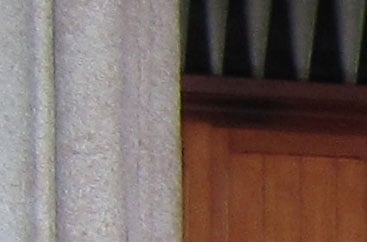 | ||
80 ISO |
Unavailable | |
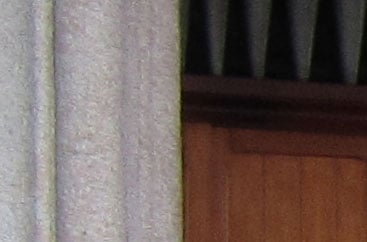 | 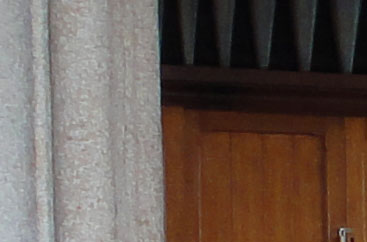 | |
100 ISO |
125 ISO | |
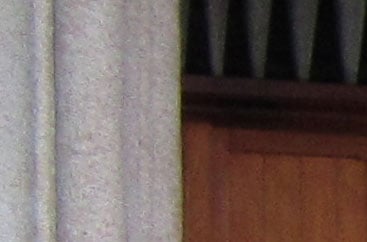 | 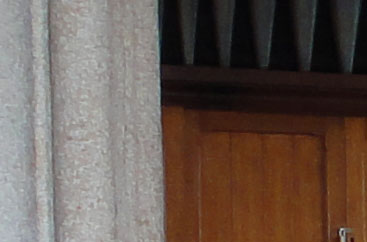 | |
200 ISO |
200 ISO | |
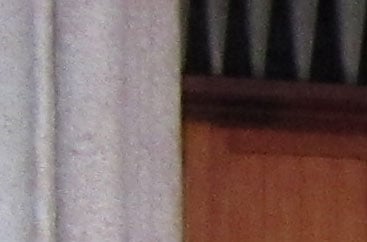 |  | |
400 ISO |
400 ISO | |
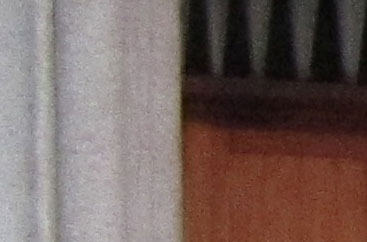 | 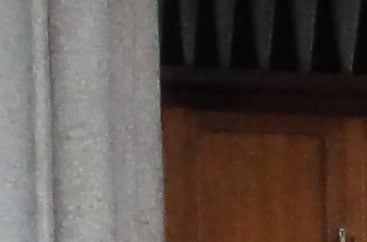 | |
800 ISO |
800 ISO | |
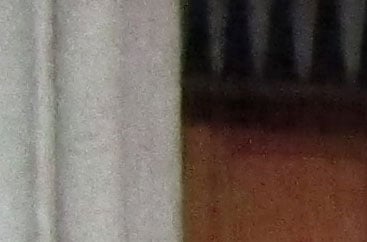 |  | |
1600 ISO |
1600 ISO | |
 | 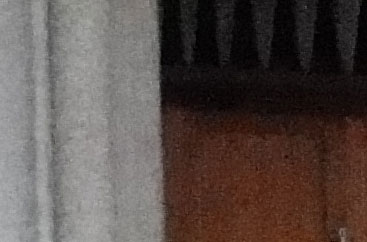 | |
Low Light mode (1600 ISO at 3.5 Megapixels) |
3200 ISO |





